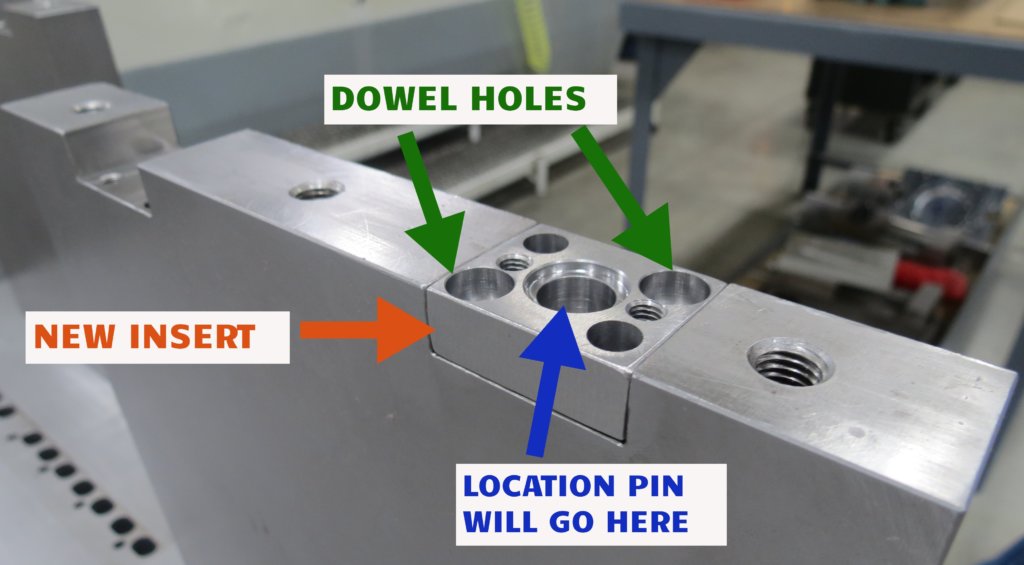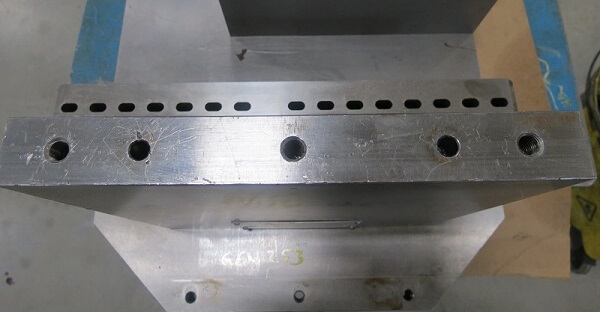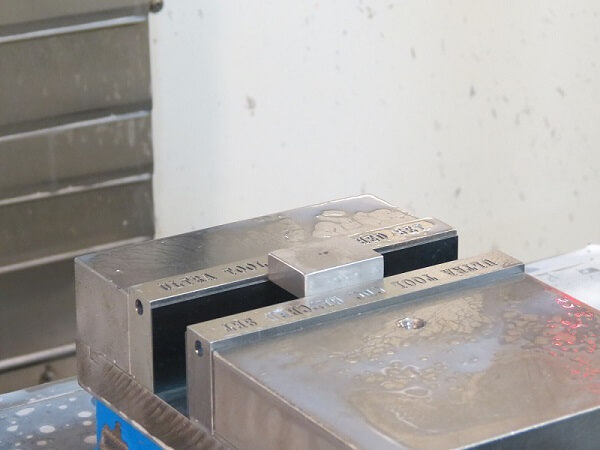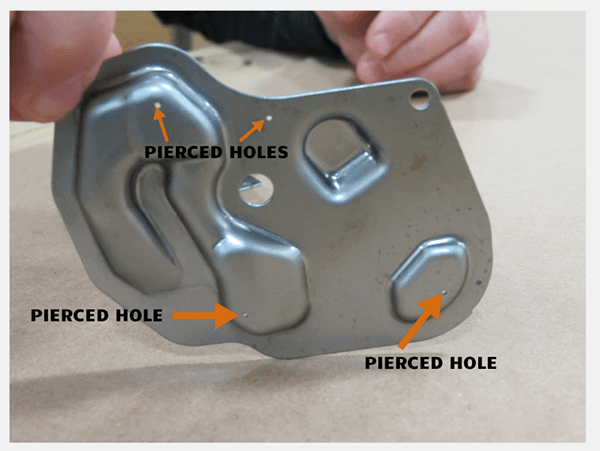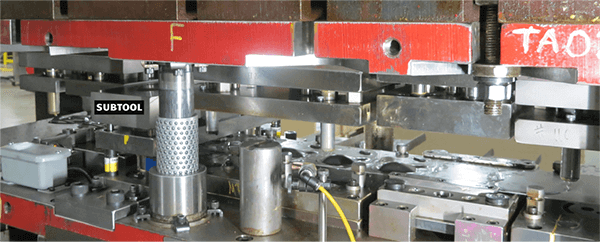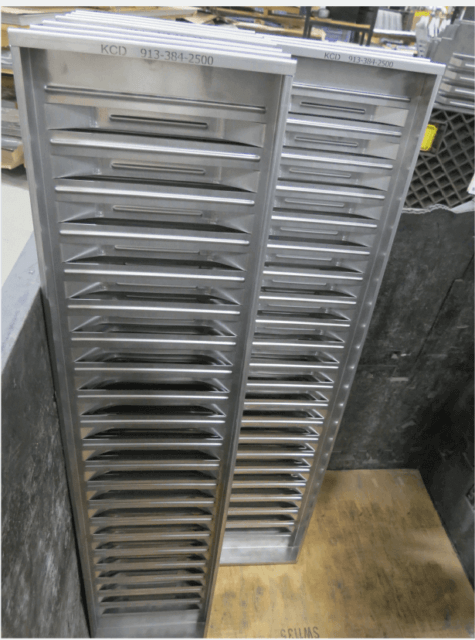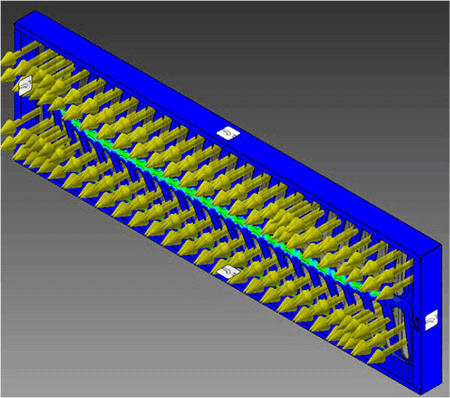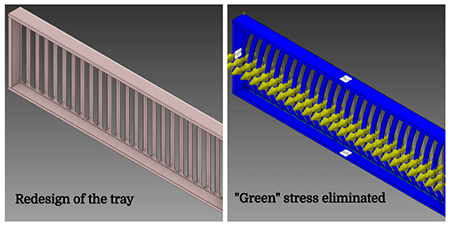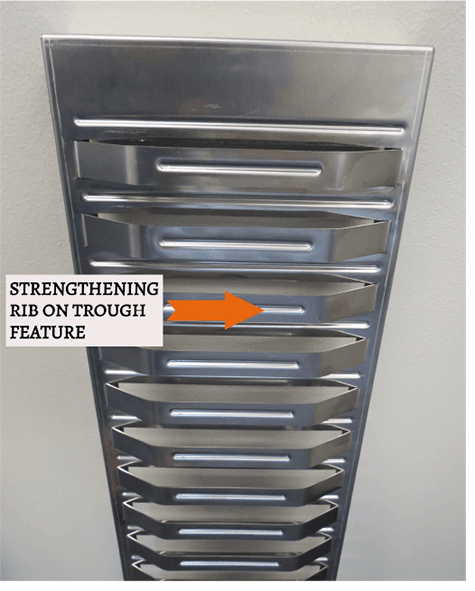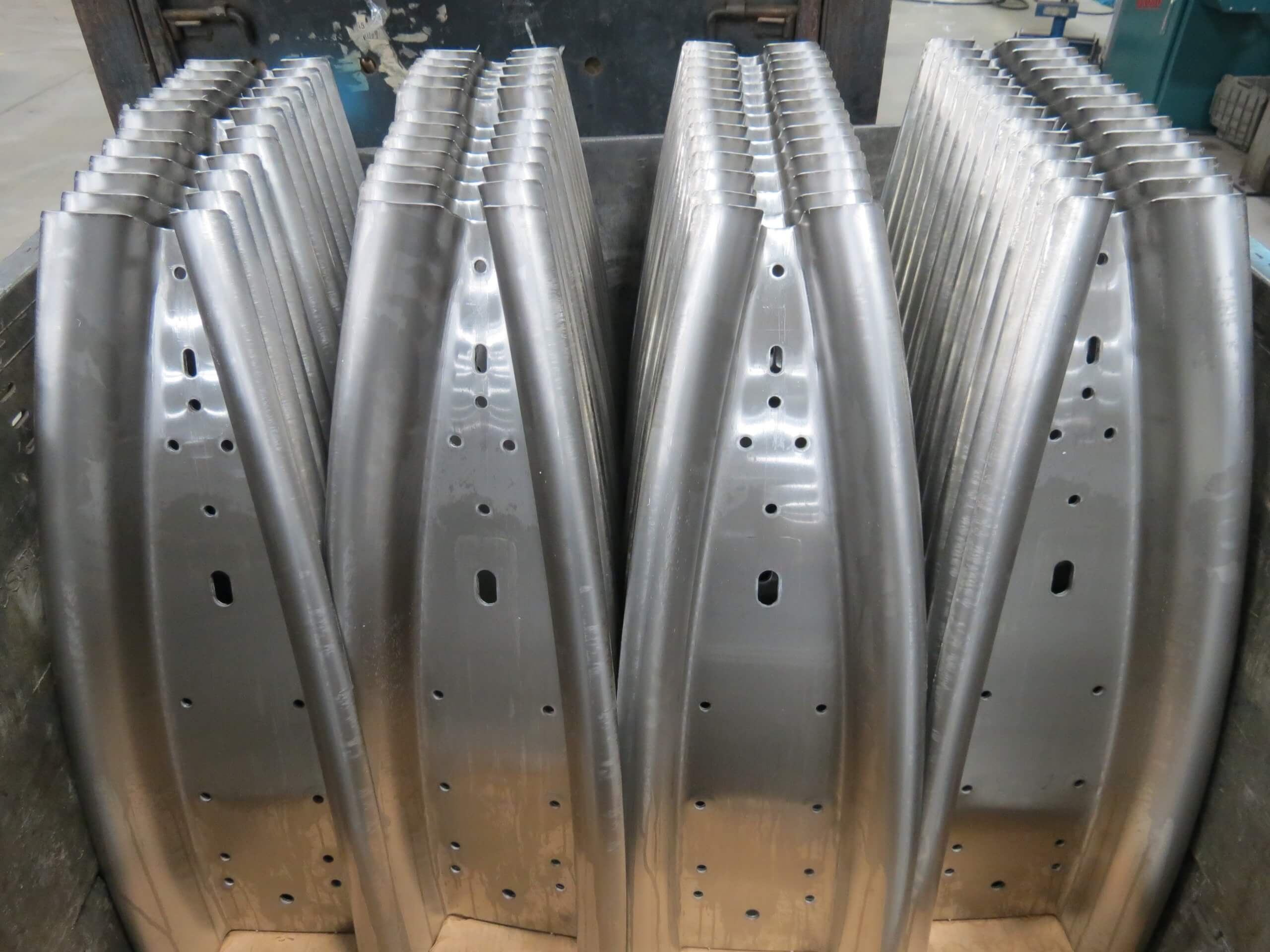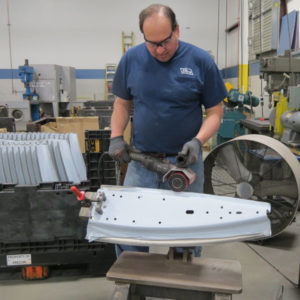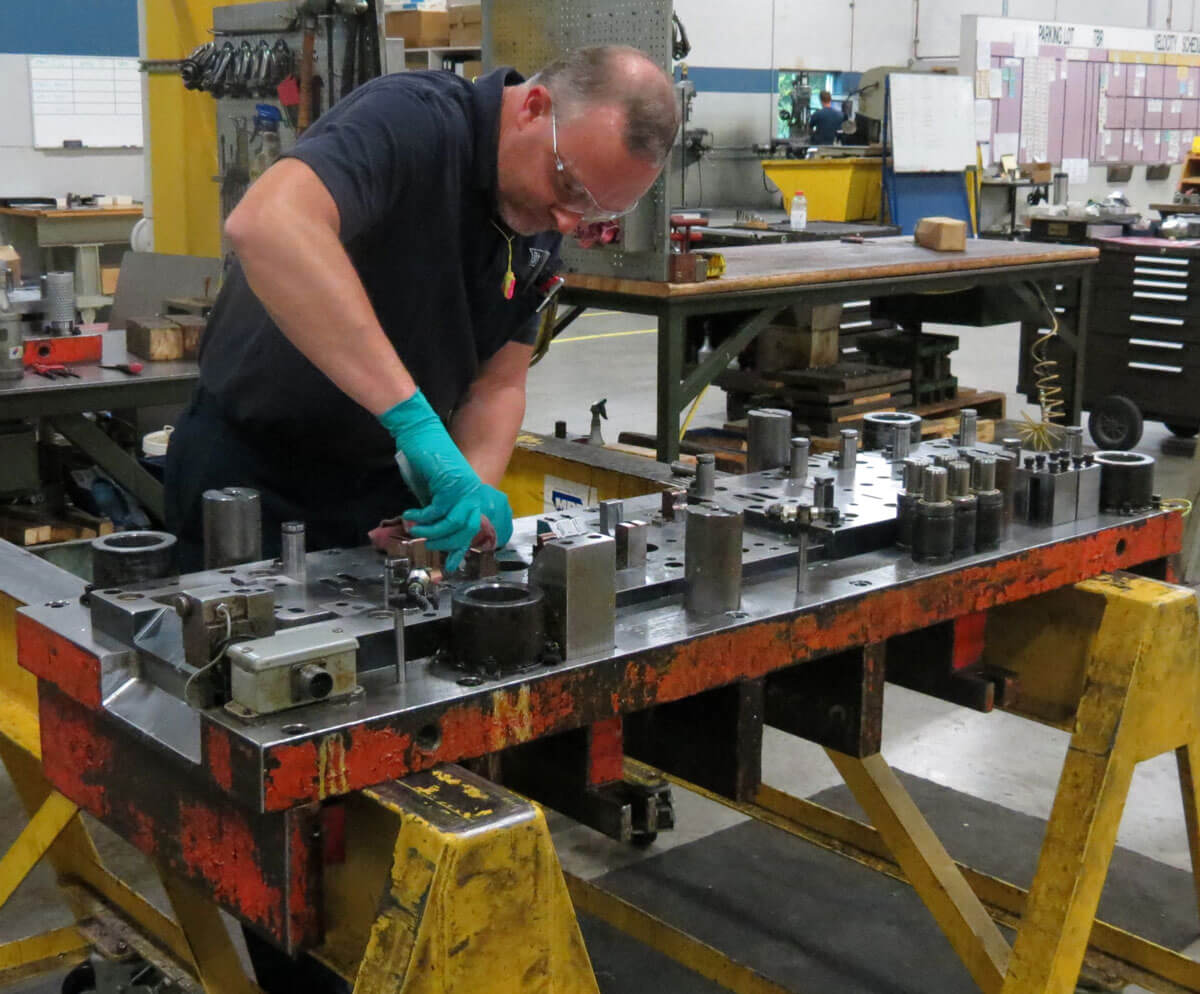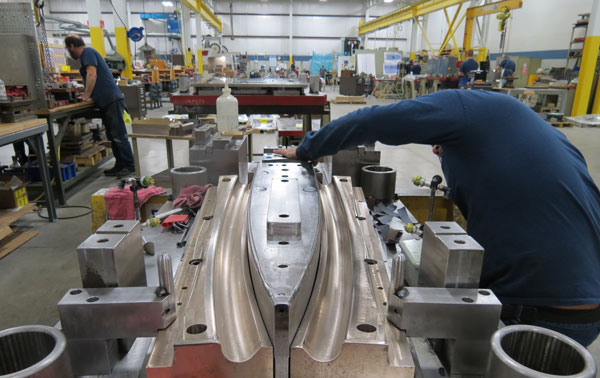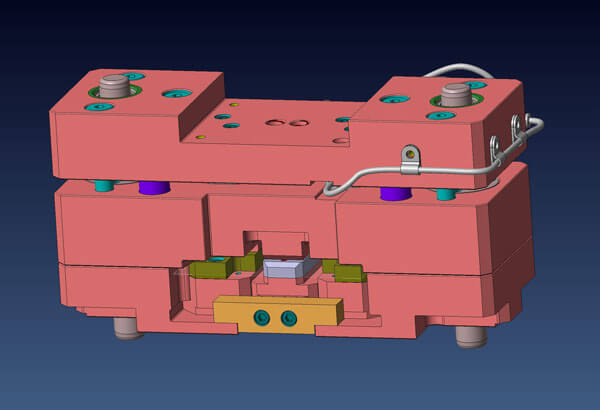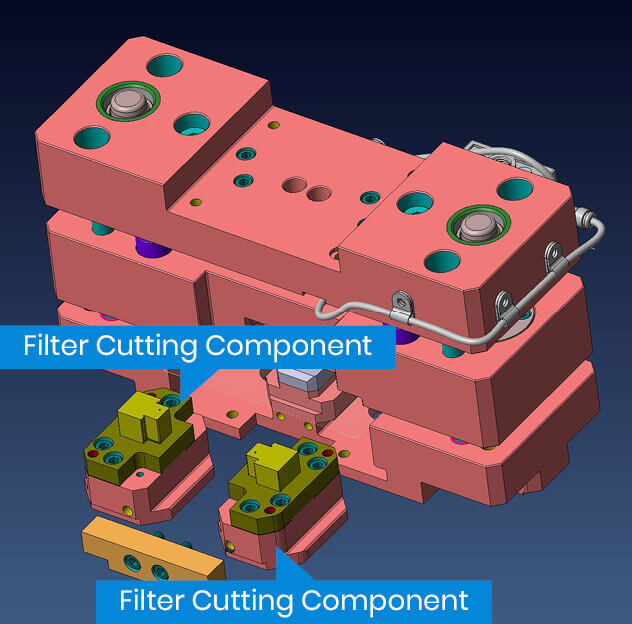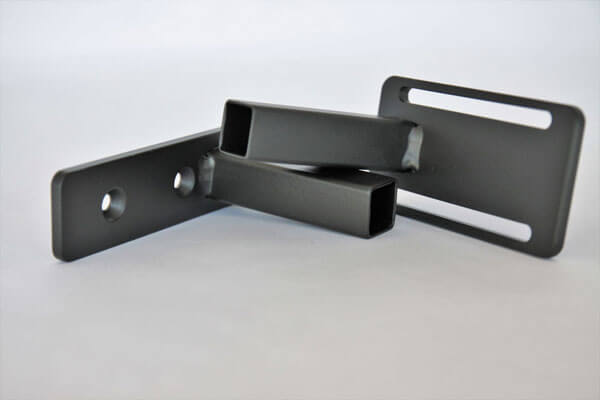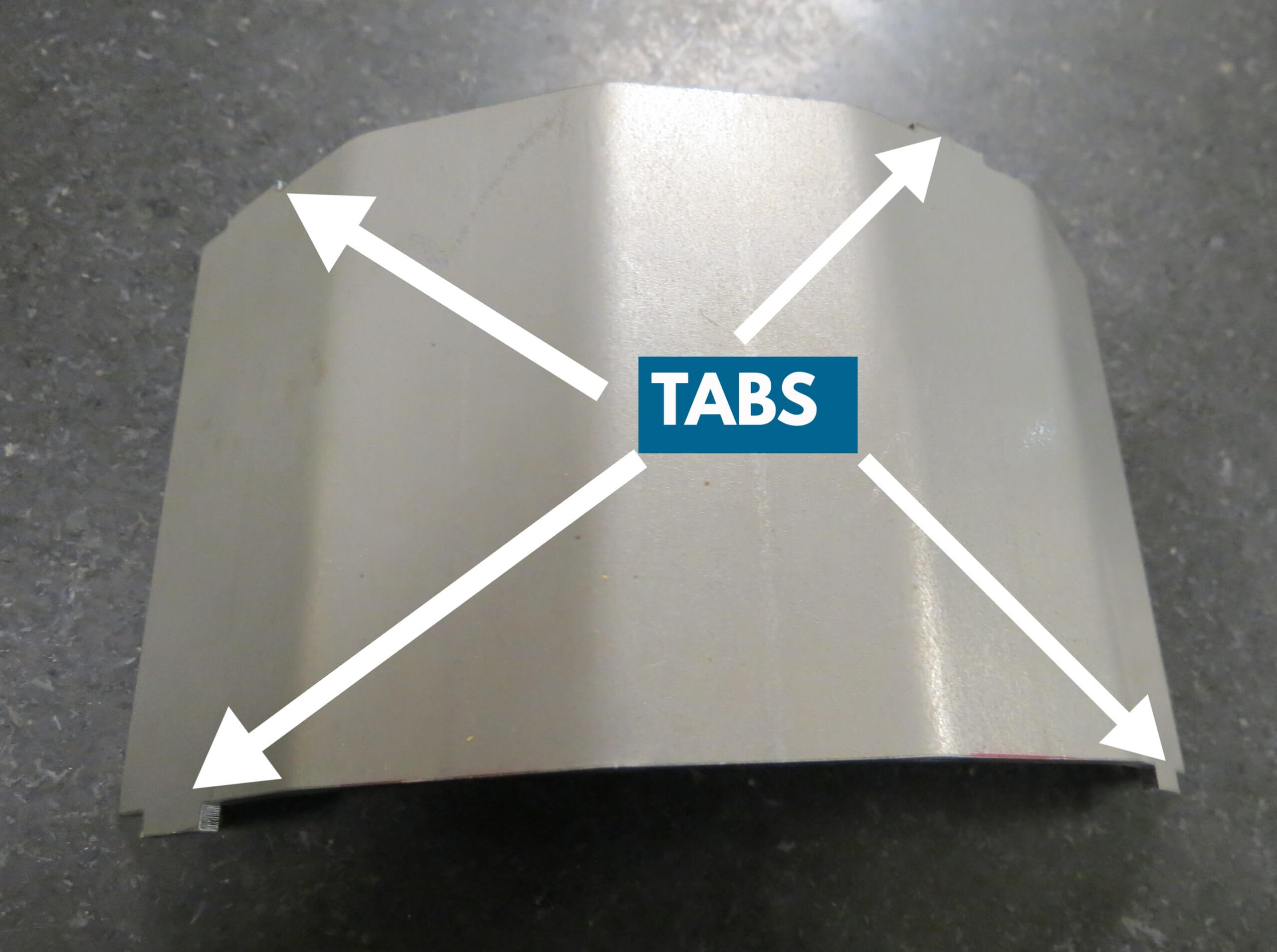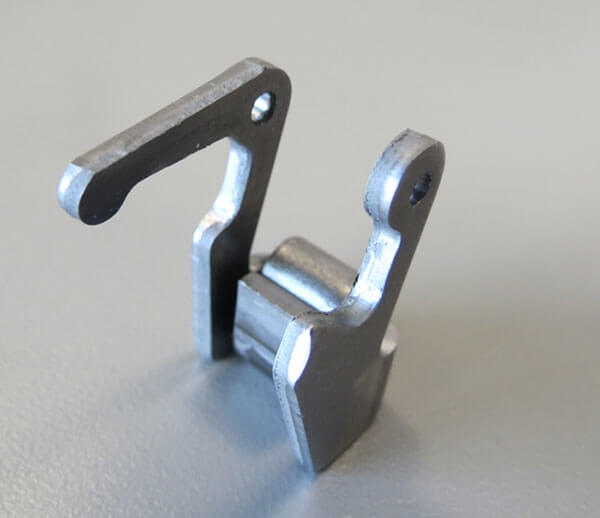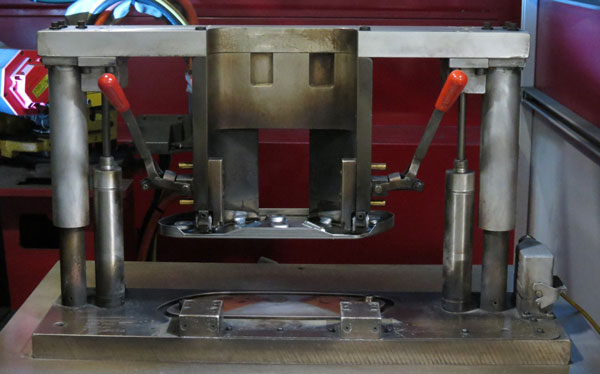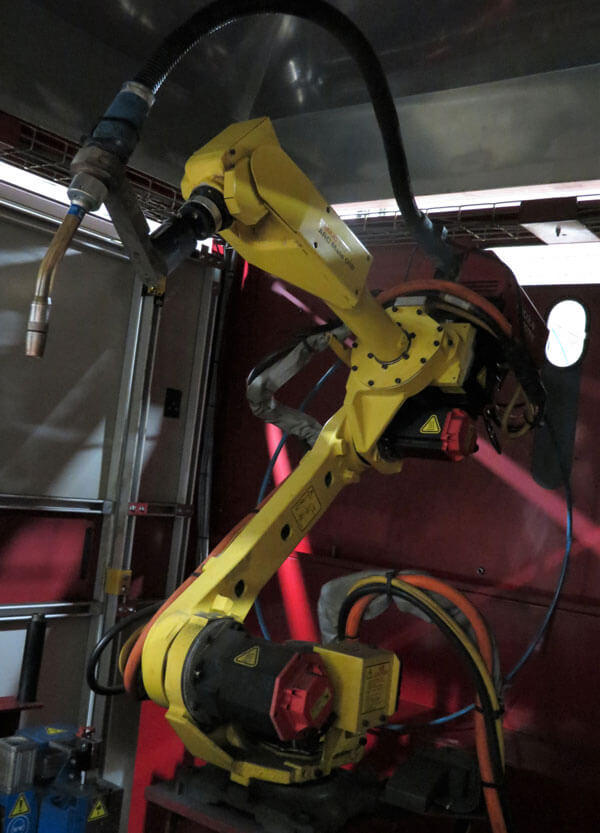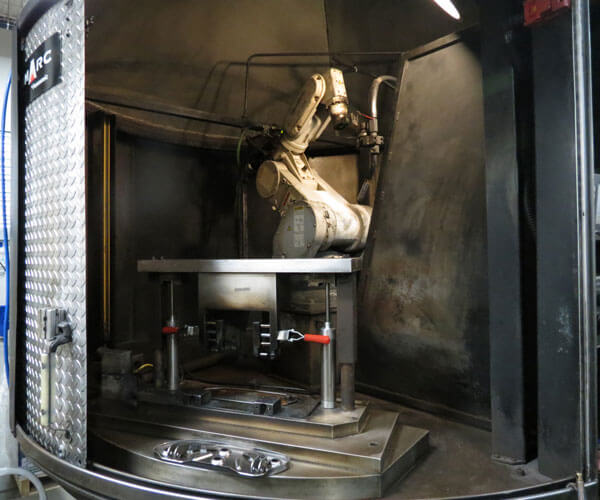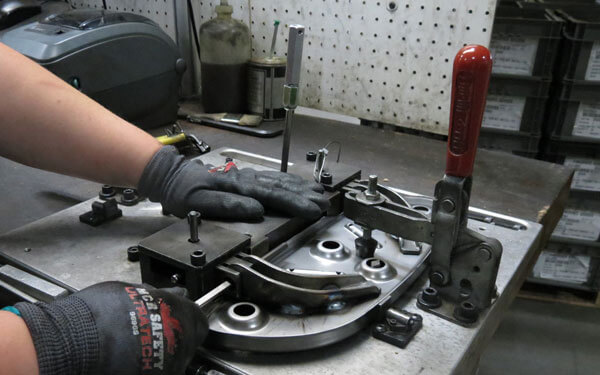Case Study: High-Volume Metal Stamping
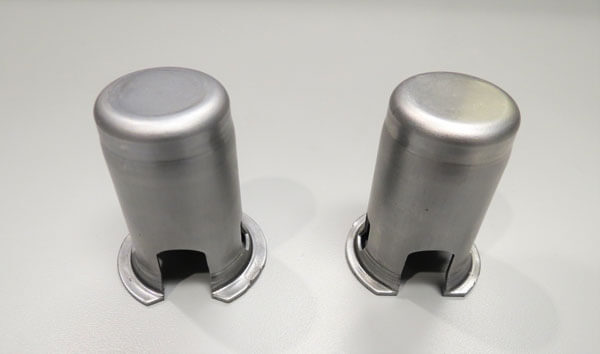
The customer's production needs are 600,000 – 700,00 pieces per year for FIVE different shells having a uniform shape with slight variations in each design.
The shells shown to the left are almost identical except for the design and dimensions of their bottom lips. Previously, the customer was utilizing secondary machining to crimp the lip after stamping; and this method was expensive and extended the production time.
Ultra implemented two significant changes to this manufacturing process that reduced costs and improved production times.
First, we designed and built the crimping operations so crucial to this metal shell into their progressive stamping dies.
Second, Ultra reduced the customer's capital tooling costs by consolidating their progressive dies from FIVE to TWO. This was feasible due to the uniform shape and design of the shells. The key to these dies was the last station. It was designed and built for easy changeover to one of five different custom stations to finish the stamping process.
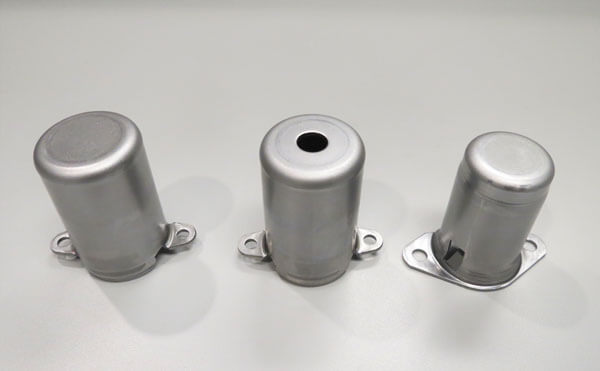
Watch this metal stamping deliver cost-savings.
Other Case studies
Forming a Metal Part With the 800-Ton Press
This ramp is manufactured on a progressive die that includes only ONE forming station to complete that stage of production. A detailed finishing process includes deburring and polishing.
Read more →Comprehensive Die Maintenance Services
This was leading to a decline in the precision and quality of work being performed. Concern was growing that this inconsistent service would negatively impact the quality of their products.
The customer’s plan of action was to establish a tool & die shop that could successfully handle the quantity and diversity of their dies for regular preventative maintenance and unexpected service issues.
Ultra was able to deliver a customized service plan to fit the needs of the customer.
Providing Innovative Tooling Dies
This project focused on improving the performance and quality of the cutting operation located in this production tooling. This also included an effort to increase accessibility of this cutting component.
Read more →Customizing Parts with Metal Fabrication
Providing high-quality and durable metal components for the manufacturer to customize assemblies as needed at their production facility.
Read more →Precision Metal Fabrication Components
Established a metal bending and metal cutting process to produce components for a fan assembly requiring a precision fit to operate as designed.
Read more →